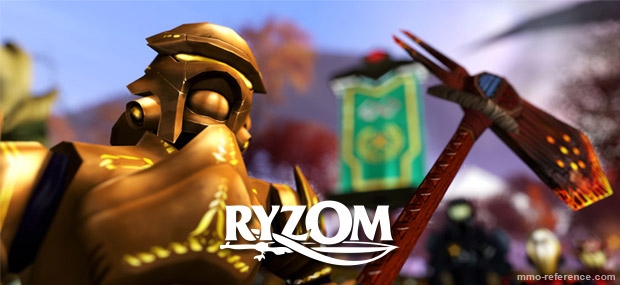

Montefortino style Roman helmets are very similar to the Coolus style of Roman helmets so that they are often grouped together in modern classification systems.Ĭoolus: Caesar’s Helmet Coolus helmet, 1st Century CE, via the British Museum Often the name of the soldier who wore the helmet was inscribed inside of it. Most finds are missing their cheek guards, which has led to speculation that they may have been made of some sort of perishable material. It also featured a protruding neck guard and cheek plates which protected the side of the head. It is characterized by its conical or rounded shape and a raised central knob on top of the helmet. The Montefortino was made most commonly from bronze, but iron was also occasionally used. This helmet came into use sometime around 300 BCE and saw service into the 1st Century CE. As with many other types of Roman helmet, it originated with the Celts. This means that the earliest type of Roman helmet that can easily be identified as such is the Montefortino type. Though it would be a mistake to assume that Roman soldiers did not wear helmets during those periods.


This makes identifying and classifying distinctly Roman helmets of the Roman Kingdom and the Early Republic rather difficult. 3rd Century BCE, via the British MuseumĮarly Roman helmets tended to borrow their designs and styles from the various Italiotes, Etruscans, and other peoples of the Italian Peninsula. Montefortino: The Longest Serving Roman Helmet Montefortino helmet, ca.


 0 kommentar(er)
0 kommentar(er)
